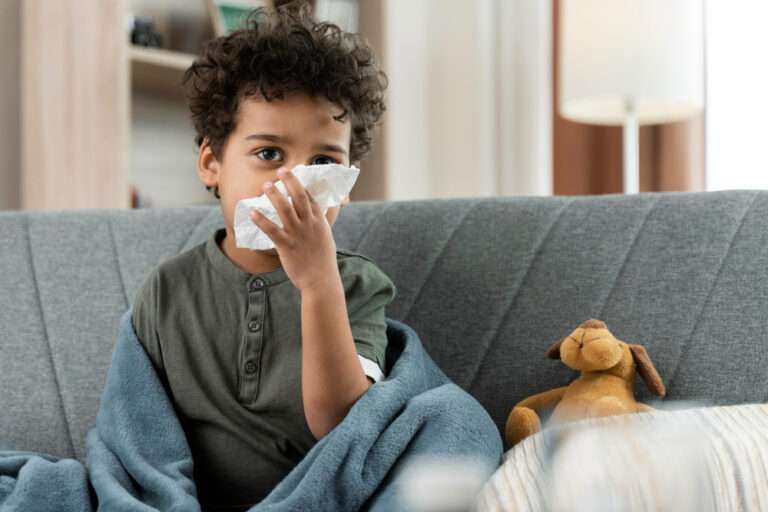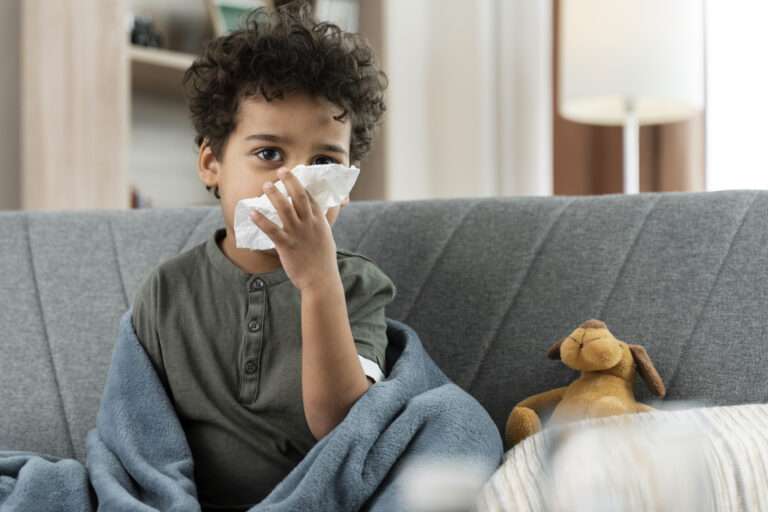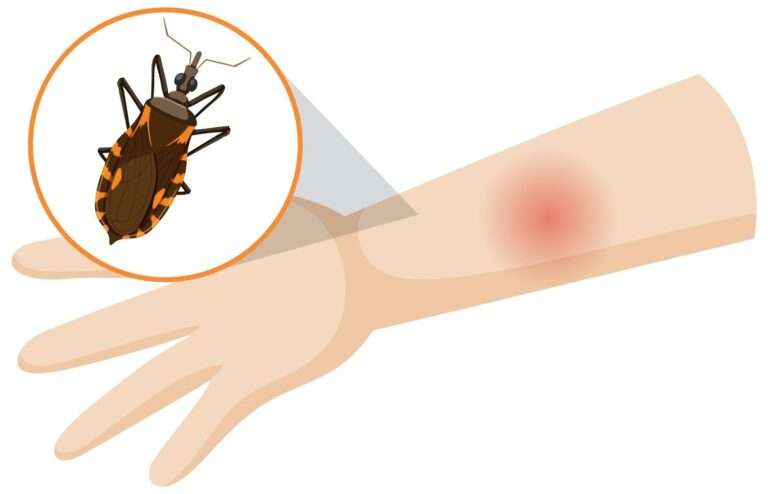Ear Infections in children
Ear infections, also known as otitis media, are a common childhood ailment. They occur when the middle ear becomes infected or inflamed, typically due to a viral or bacterial infection. Here are key points to understand about ear infections in children:
Types of Ear Infections:
- There are two main types of ear infections in children:
- Acute Otitis Media (AOM): This is the most common type and involves a sudden onset of symptoms, such as ear pain, fever, and irritability.
- Otitis Media with Effusion (OME): This type occurs when fluid remains trapped in the middle ear after an infection has cleared. It may not cause significant symptoms but can affect hearing.
Common Causes:
- Ear infections are often caused by viral upper respiratory infections, such as the common cold.
- Bacterial infections, especially by Streptococcus pneumoniae or Haemophilus influenzae, can also lead to ear infections.
Symptoms:
- Common symptoms of acute otitis media (AOM) include:
- Ear pain or tugging at the ear.
- Irritability or fussiness.
- Fever.
- Difficulty sleeping.
- Fluid drainage from the ear (if the eardrum ruptures).
Diagnosis:
- A healthcare provider can diagnose an ear infection by examining the child’s ear with an otoscope.
- In some cases, a tympanometry or pneumatic otoscopy may be performed to assess middle ear function.
Treatment:
- The approach to treatment depends on the type and severity of the ear infection:
- AOM with bacterial infection is often treated with antibiotics.
- AOM without bacterial infection may be managed with pain relief medication and observation.
- OME may not require treatment and often resolves on its own. However, it’s important to monitor hearing and follow up with a healthcare provider if symptoms persist.
Pain Relief:
- Pain relief measures may include over-the-counter pain relievers, warm compresses applied to the ear, and keeping the child upright to promote drainage.
Prevention:
- Reducing exposure to tobacco smoke and practicing good hand hygiene can help prevent ear infections.
- Breastfeeding, which provides passive immunity, may also offer some protection.
- The pneumococcal conjugate vaccine (PCV) and the annual influenza vaccine can reduce the risk of some ear infections.
Recurrence:
- Some children may experience recurrent ear infections, which may require evaluation by an ear, nose, and throat (ENT) specialist to consider treatment options like ear tubes.
Complications:
- In most cases, ear infections are mild and resolve without complications.
- However, untreated or severe infections can lead to complications like hearing loss or the spread of infection to nearby structures.
Ear infections in children are common and usually resolve with appropriate treatment or on their own. Parents and caregivers should seek medical attention if they suspect their child has an ear infection, especially if the child is experiencing severe pain, high fever, or recurrent infections. Timely diagnosis and appropriate management can help prevent complications and promote the child’s comfort and well-being.
Support


------------From our Sponsors------------









